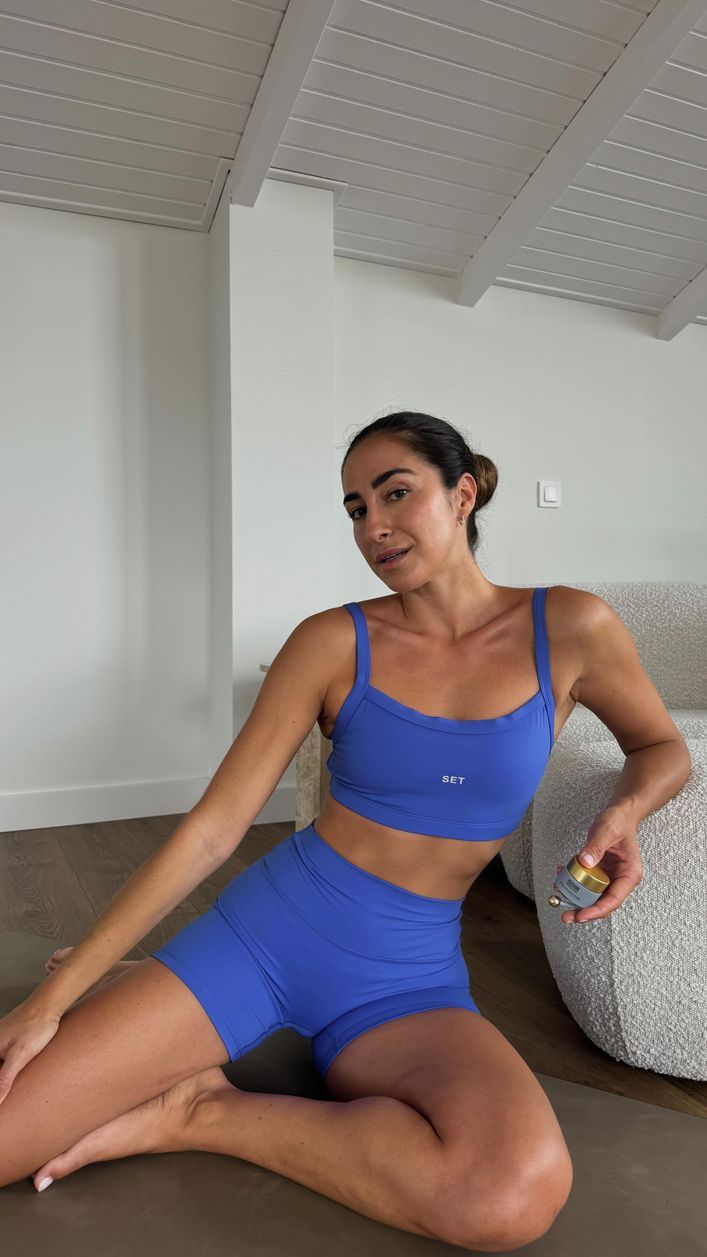
Shoulder bridge: the Pilates exercise that strengthens the glutes, works the arms and abs
July 8, 2024
The Pilates method offers exercises to work all muscle groups. Today we show you how the so-called shoulder bridge is done.
Strengthening your muscles doesn't always involve doing hard work that leaves you exhausted. Fortunately there are sports practices, such as Pilates, which allow you to achieve this without having to push your body to the extreme. Perhaps this is why it is such a successful modality around the world.
Pilates offers a wide variety of exercises that work all parts of the body, don't overly punish the joints, and promote the muscle-mind connection. Its constant practice allows you to improve posture and effectively work different muscle groups, because, although it is not as extreme as bodybuilding or CrossFit it still gives results.Today we are talking to you about one of the Pilates method exercises that you can integrate into your routine to achieve this goal: it is the shoulder bridge.
What are the benefits of this exercise?
The shoulder bridge, despite its simplicity, is an exercise that activates a good number of muscles, while helping to increase the flexibility of the spine and better stabilization of the pelvic region. Concretely, it is the glutes, arms, abdominals, hamstrings and quadriceps which are stimulated by its performances.
This is an isometric exercise, which means that we act on the muscles used without them needing to move, simply by tensing and contracting. With its consistent performance,
the shoulder bridge will provide benefits related to strength, flexibility and balance . As with the rest of the Pilates exercises, it is very important to perform them with maximum concentration and with strict control of the movements.The correct technique for performing the shoulder bridge
Lying face up on a mat on the floor, place your knees bent and your feet parallel to hip-width apart. The arms will remain on the ground at the sides of the body and the palms of the hands will be facing the ground.
The exercise begins by slowly lifting your hips toward the ceiling while contracting all the muscles in your core and glutes. You should not arch your spine excessively and control the rise by trying to feel the movement vertebra by vertebra. After 10 seconds in the position of maximum elevation, you should return to the initial position, trying to imitate the previous process, that is, feeling the movement of the vertebrae when descending.
Throughout the movement you should maintain pressure with your arms against the floor, which will make you feel your chest opening as your hips rise. To make it clearer
we leave you a video illustrating step by step how the exercise should be performed. NEWS
LETTER
E-mail
News, trends, leisure…And much more awaits you! Are you joining?
Juan Carlos Navarro Garcia

